Not so long ago, the only Greek wines people knew much about were Retsina and Roditis, two moderately-priced offerings that have been produced for more than 2000 years.
There are many delicious Greek wines to choose from! Greece is home to a number of indigenous grape varieties that are used to produce a wide range of wine styles. Some popular Greek wines include:
10 Roditis
(Rhoditi)
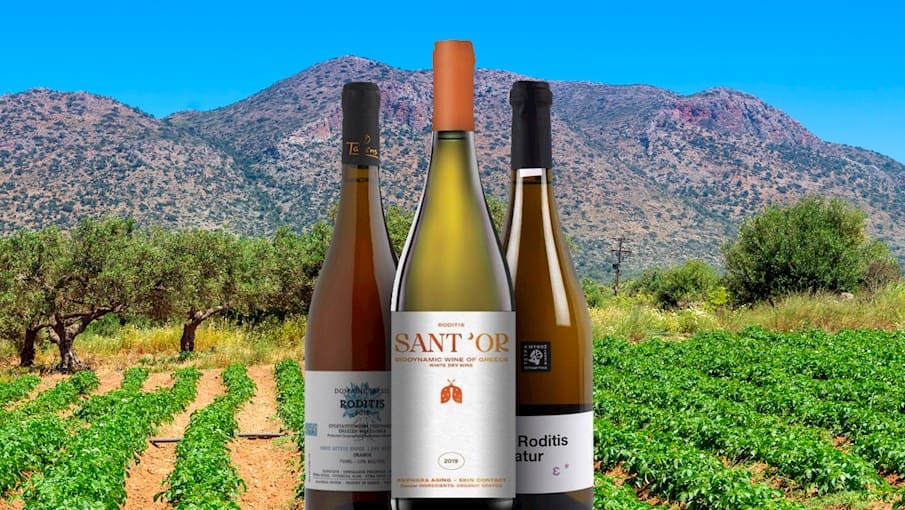
Roditis is a pink-skinned variety from Greece that is cultivated throughout the mainland. It is the second most planted grape in Greece, used in varietals and blends.
The grape was mainly used for bland, inexpensive bulk wines, but the recent shift to quality has slightly improved its reputation.
Roditis is terroir-driven, and the grape is multi-clonal (at least three confirmed clones), creating wines with somewhat different characters and features. The best expressions come from old vines and high altitudes, resulting in subtly aromatic wines with a medium body and high acidity, such as those from Aigialia Slopes in the Peloponnese.
09 Xinomavro
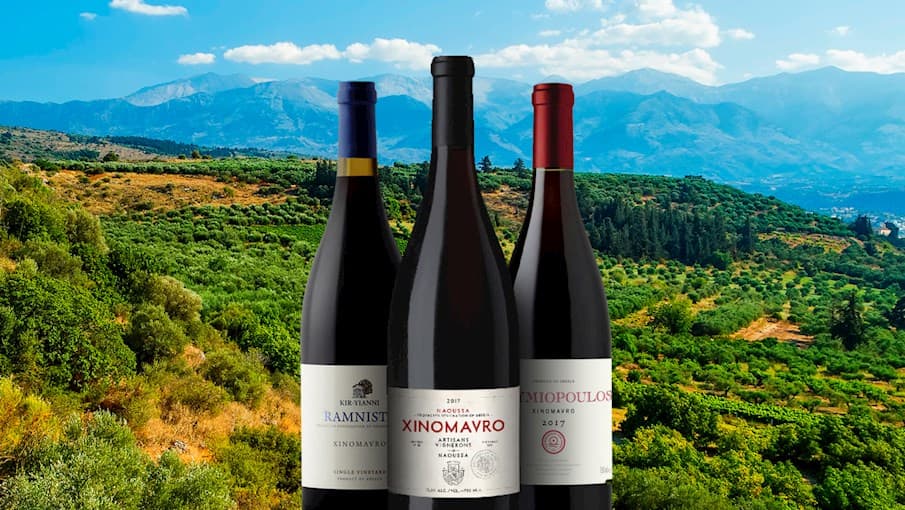
Xinomavro is a noble Greek red grape mainly cultivated in northern Greece. It is the second most planted dark-skinned grape in the country that is often compared to the legendary Italian Nebbiolo. The grape is usually made into dry red wines with a solid savoury character, great personality, and good acidity.
The best examples come from Naousa PDO. In their youth, wines made from Xinomavro are tannic and high in acidity, but they will typically gain complexity and elegance as they age. The typical aroma found in these wines is reminiscent of sour cherries and pomegranate, along with hints of tomatoes, mushrooms, spice, and black olives.
08 Malagousia
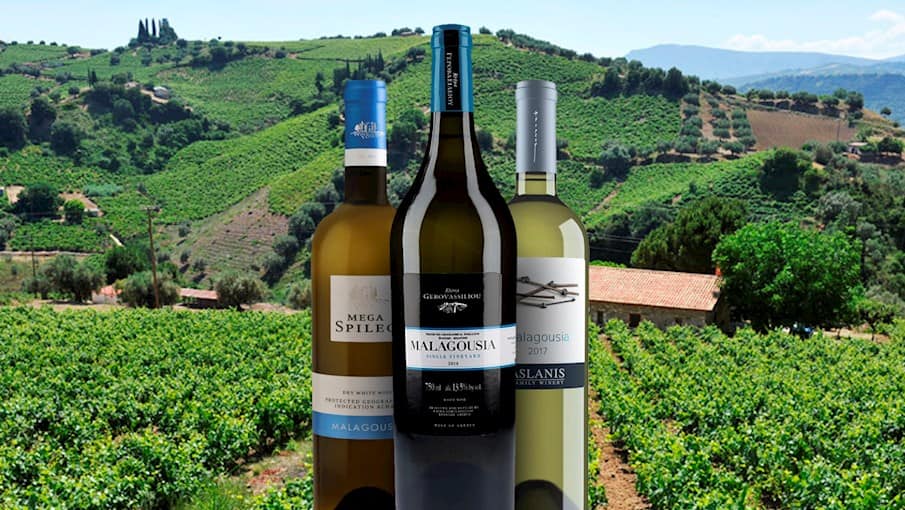
Malagousia is an ancient, white-skinned Greek grape that was saved from extinction by Vangelis Gerovassiliou, who brought it back from obscurity in the 1970s. The grape produces aromatic dry wines, which are usually of excellent quality.
It is also used to make dense and perfumed dessert styles. On the nose, the wines display intense aromas often reminiscent of peaches, pears, and tropical fruit, usually with citrusy, herbal, and subtle floral notes.
They are full-bodied, rich, and round on the palate, and the best examples remain lively and fresh.
07 Moschofilero
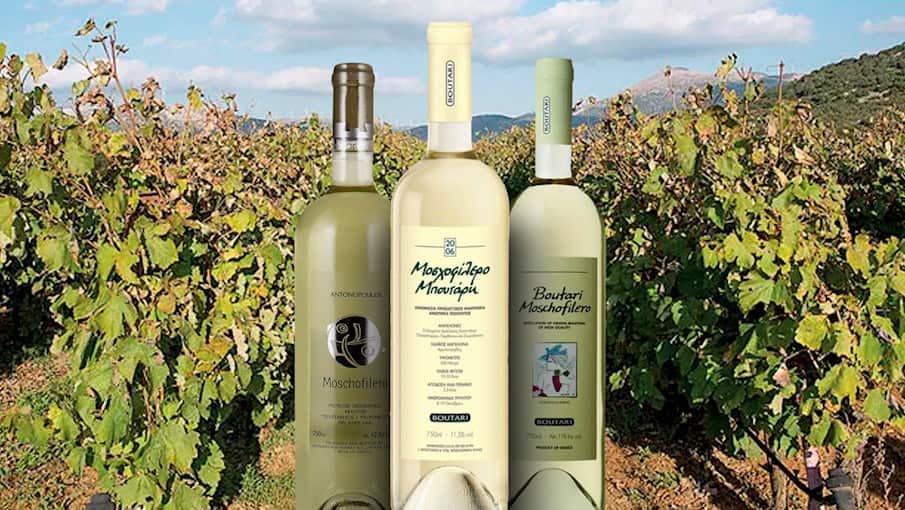
Moschofilero is a Greek grape that hails from Peloponnese. It is an aromatic and late-ripening variety that delivers high yields but is sometimes sensitive and finicky to grow.
Despite its familiar presence, Moschofilero was only popularized in the 1970s and ’80s, primarily by the producers from PDO Mantinia, the essential wine region for Moschofilero.
Varietal Moschofilero wines can be incredibly versatile. They usually have bright and crisp acidity, highlighting their clean and fresh character.
The wines from lower altitudes usually have more freshness, and those from higher vineyards tend to have a more prominent floral character.
06 Nemea
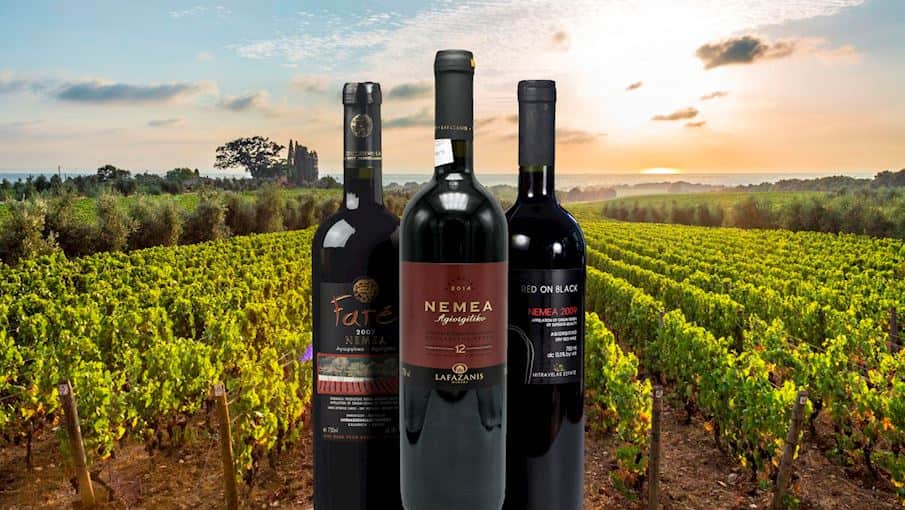
Located in the northeastern part of the Peloponnese, Nemea is a Greek appellation that produces varietal red wines from the native Agiorgitiko grapes.
Although the wines may vary in style, from easy-drinking to rich and full-bodied, they typically display flavours and aromas reminiscent of red and black berries, plums, and prunes.
At the same time, oak aging highlights the nutmeg and black pepper spicy nuances.
Because of their versatile character, Nemea wines can match many dishes.
Aged varieties pair well with sausages and grilled or roasted meat, including pork, lamb or poultry, while lighter styles may match stews and cheese.
05 Naousa

Naousa is a Greek appellation located in the region of Macedonia. The wines produced under the designation are made exclusively from Xynomavro—an indigenous Greek grape that is often compared to Pinot Noir and Nebbiolo.
Naousa wines display the perfect balance of tannins, sugar, and acidity.
At the same time, the typical aromas and flavours include a complex combination of savoury notes often reminiscent of dark and red fruit, tomatoes, plums, earth, tobacco, herbs, and spices.
Naousa ages exceptionally well and is rarely enjoyed young.
Because of its complexity and finesse, it is often cited as one of the finest Greek wines. An ideal pairing for this tannic wine is lamb, tomato-based sauces, rich stews, sausages, mushrooms, and aged cheese.
04 Agiorgitiko
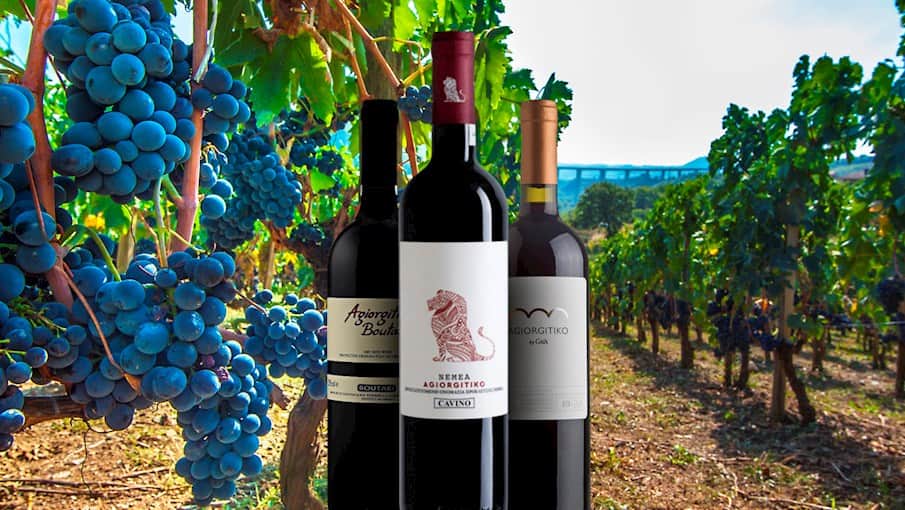
Agiorgitiko is the most widely planted red grape variety in Greece. It is cultivated in several wine regions, but Nemea, where the grape originated, is its most important region.
Agiorgitiko is a versatile grape that can be vinified into several styles, and it is often used as a backbone in many Greek blends.
It is best known as a full-bodied red, usually coming from Nemea, but it can also be made into young, light red wines, fresh rosés, or dessert styles. Agiorgitiko wines are typically characterized by fruity aromas, sometimes accompanied by notes of sweet spices.
03 Retsina
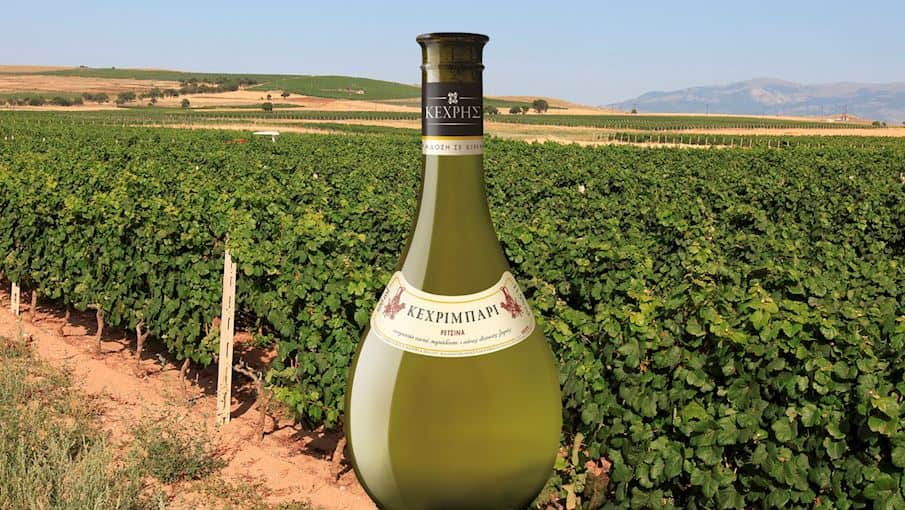
Retsina is an ancient Greek wine flavoured with resin—a sticky sap typically secreted by pine trees. Historians believe that the resin has been used in Greece for over four thousand years.
While its initial purpose was to seal and insulate wine in clay amphorae, it was also used as a preservative, flavouring, and medicine.
For modern Retsina wines, natural resin, usually Aleppo pine, is added to the wine during fermentation. It is traditionally made with white or, in some cases, rosé wines, while the typical grapes include the native Savatiano, Assyrtiko, Rhoditis, and Athiri.
02 Assyrtiko
This Greek white grape variety is indigenous to the island of Santorini, but it can also be found on another Aegean island, such as Paros.
The island's soil, which is rich in volcanic ash, seems to enable the grapes to retain their acidity regardless of how long they ripen, giving these wines a long aging potential.
Its popularity has grown recently due to its unusual character, which does not reflect the hot climate it comes from. Assyrtiko wines are dry, full-bodied white wines with citrus aromas and a pleasant minerality.
This wine can also be blended with two other local varieties, Aidani and Athiri, during the production of the sweet wine Vinsanto.
01 Vinsanto

Vinsanto is a dessert wine hailing from Santorini. It is made with sun-dried Assyrtiko and Aidani grapes.
Despite a similar name, this Greek wine does not have much in common with the more famous Vin Santo from Tuscany. The grapes are sun-dried for approximately fourteen days and are then fermented and aged.
This wine has to be oak-aged for a minimum of two years, but most producers opt for more extended maturation.
The result is a sweet and dense wine packed with flavour and rich in aromas.
Although both grape varieties are white-skinned, Vinsanto will attain a luscious golden colour that tends to turn into darker amber hues as the wine ages.
Greek wines are often paired with the country's delicious cuisine, which includes dishes like gyros, souvlaki, and moussaka.
Don’t tell the French and the Italians – Their Wine is Greek


